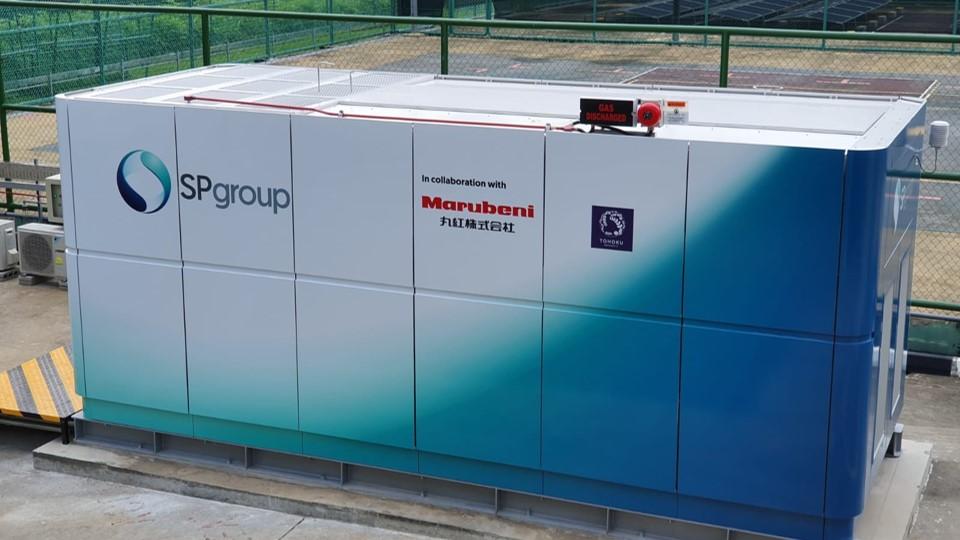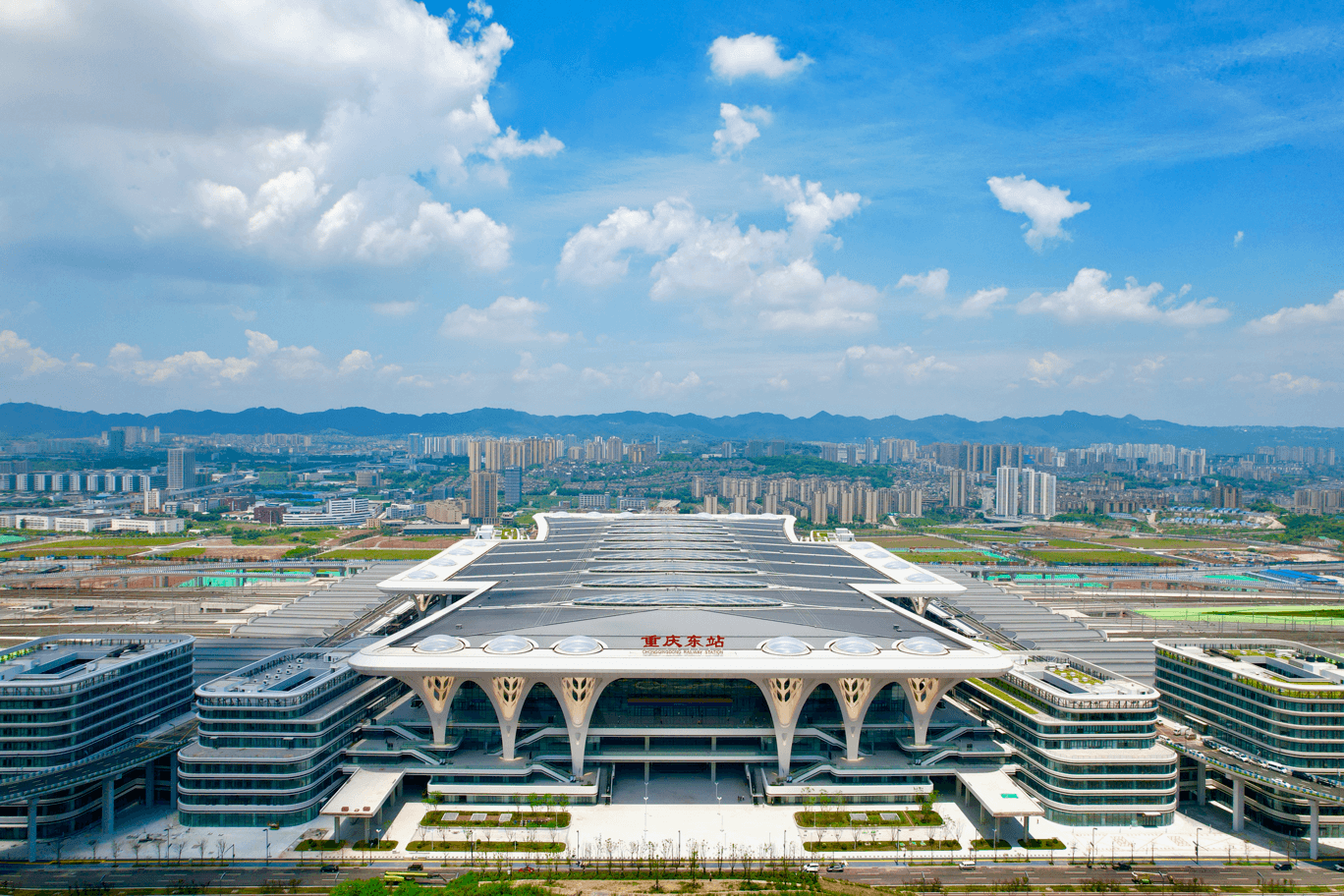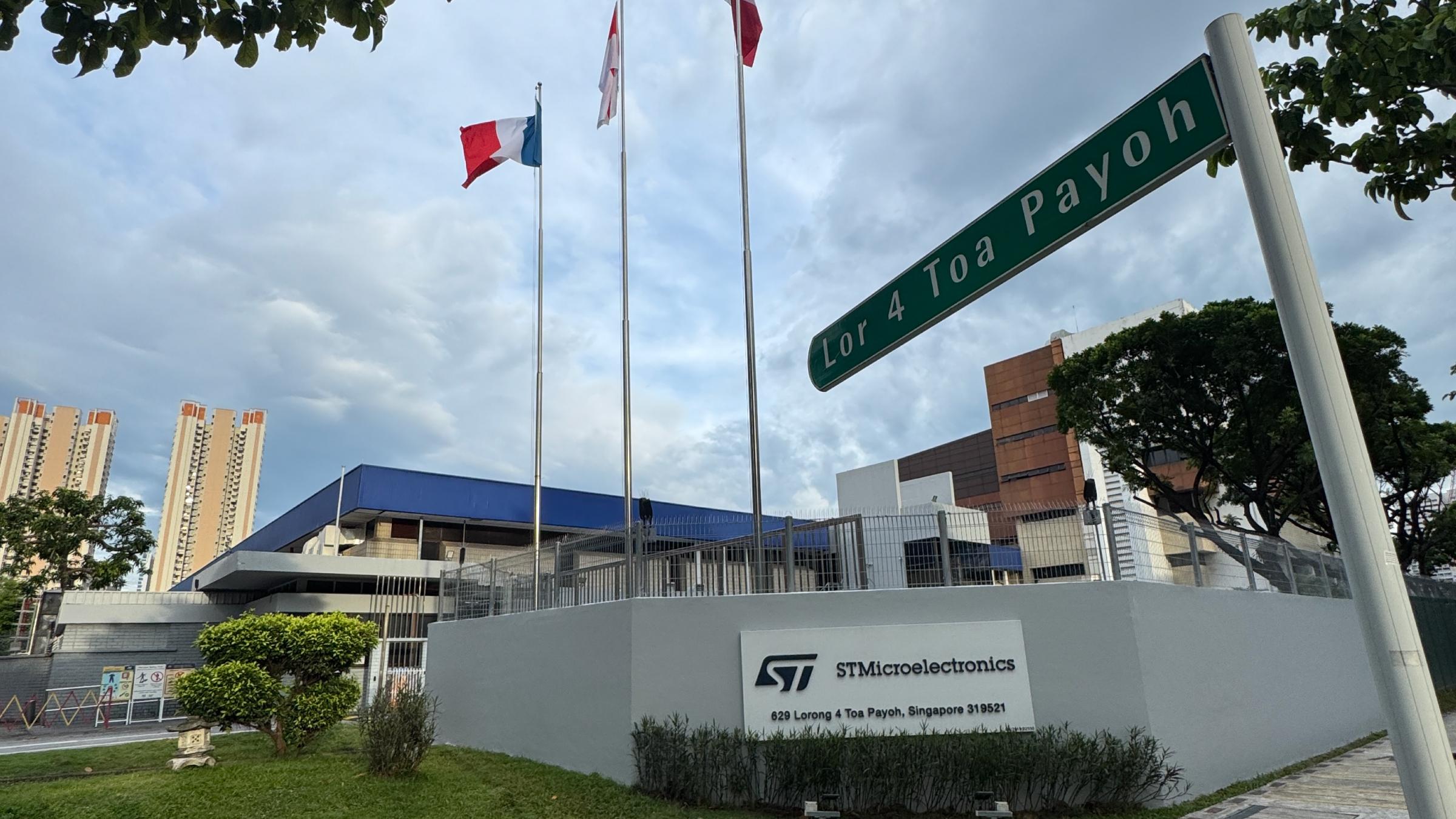Powering Southeast Asia's First Zero-Emission Building

SP Group (SP) has established the first zero-emission building that is powered by green hydrogen in Southeast Asia. Located at SP’s training centre at Woodleigh Park, the self-sustaining building is 100% powered with renewable energy via an innovative hydrogen energy system and is disconnected from the national electricity grid.
Mr Brandon Chia, Head, Centre of Excellence, SP Group said: “Buildings contribute 40 per cent of energy related carbon emissions worldwide1. The Hydrogen Energy System provides a safe and compact way of storing green hydrogen which powers the region’s first zero-emission building. We believe this can be a significant contributor toward Singapore’s climate change pledge to cut national emissions intensity by 36 per cent below 2005 levels by 2030.”
The system uses solar energy to create green hydrogen through electrolysis. The hydrogen generated from this process is bonded with special metal alloy powders to form metal hydride, compacted and stored in tanks. This allows for the storage of a large volume of hydrogen at a much lower pressure, making it much safe for deployment in highly-urbanised areas such as Singapore.
When electricity supply is required, the stored hydrogen from the metal hydride tanks is slowly released and converted to electricity via fuel cells. As green energy sources are used for electrolysis, this entire process of converting hydrogen to electricity is 100 per cent green, with zero carbon emission.
The hydrogen energy system encourages the use of green energy by mitigating electricity supply fluctuations and intermittency issues from renewable energy. By storing surplus renewable energy as green hydrogen and converting it back to electricity when required, it ensures the grid remains stable even with a greater mix of renewable energy is introduced.
SP is working with Marubeni Corporation and Tohoku University on the Hydrogen Energy System with special metal alloy storage tanks from Japan, and to customise and integrate it for use in Singapore.
— 30 October 2019






